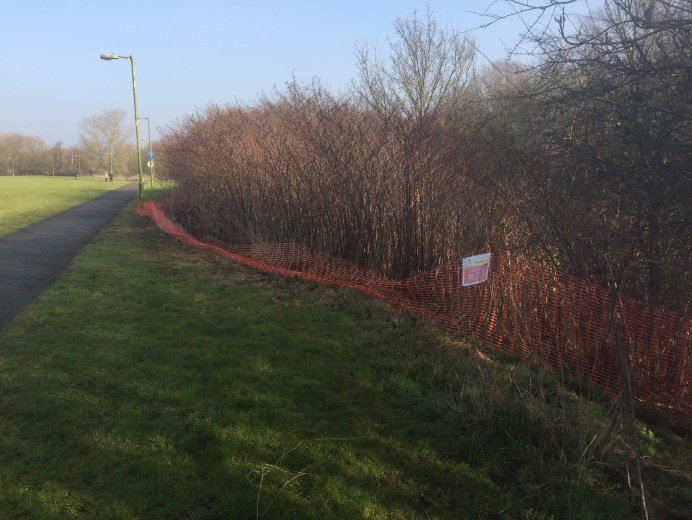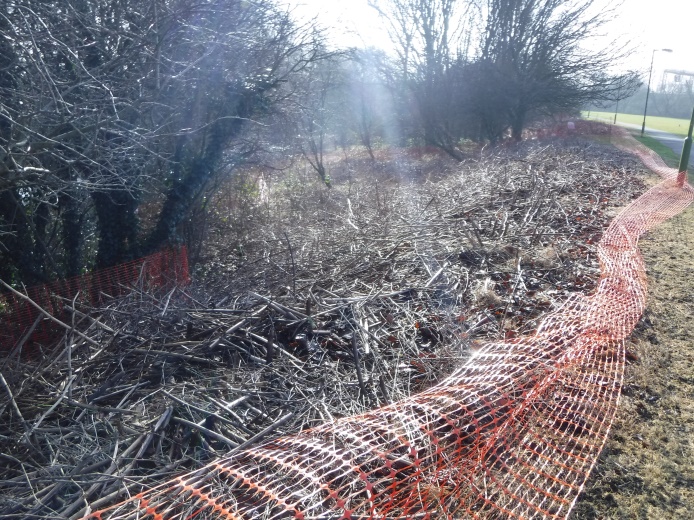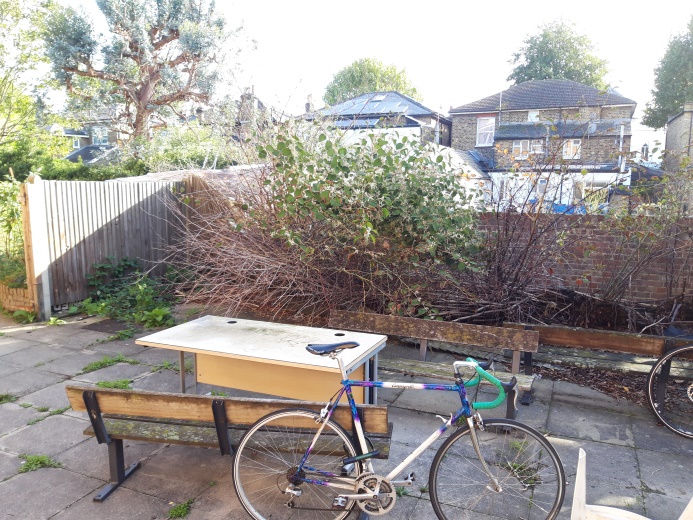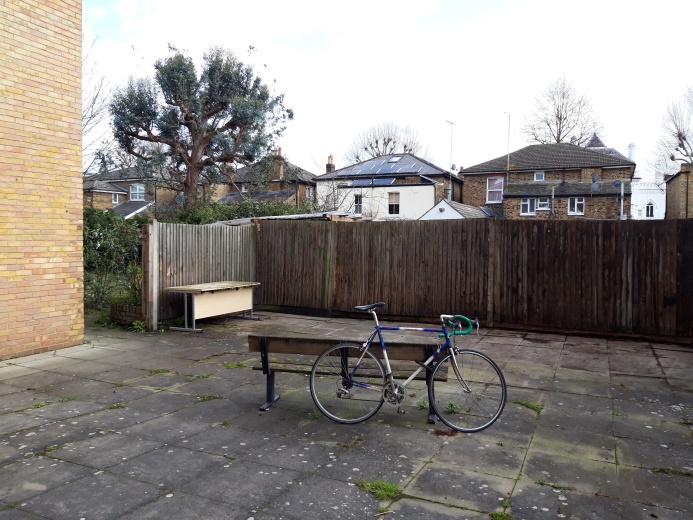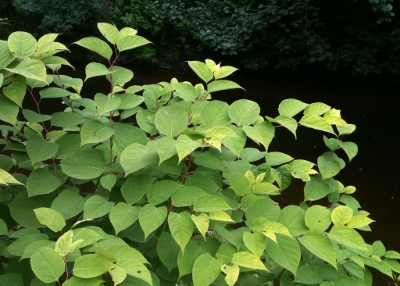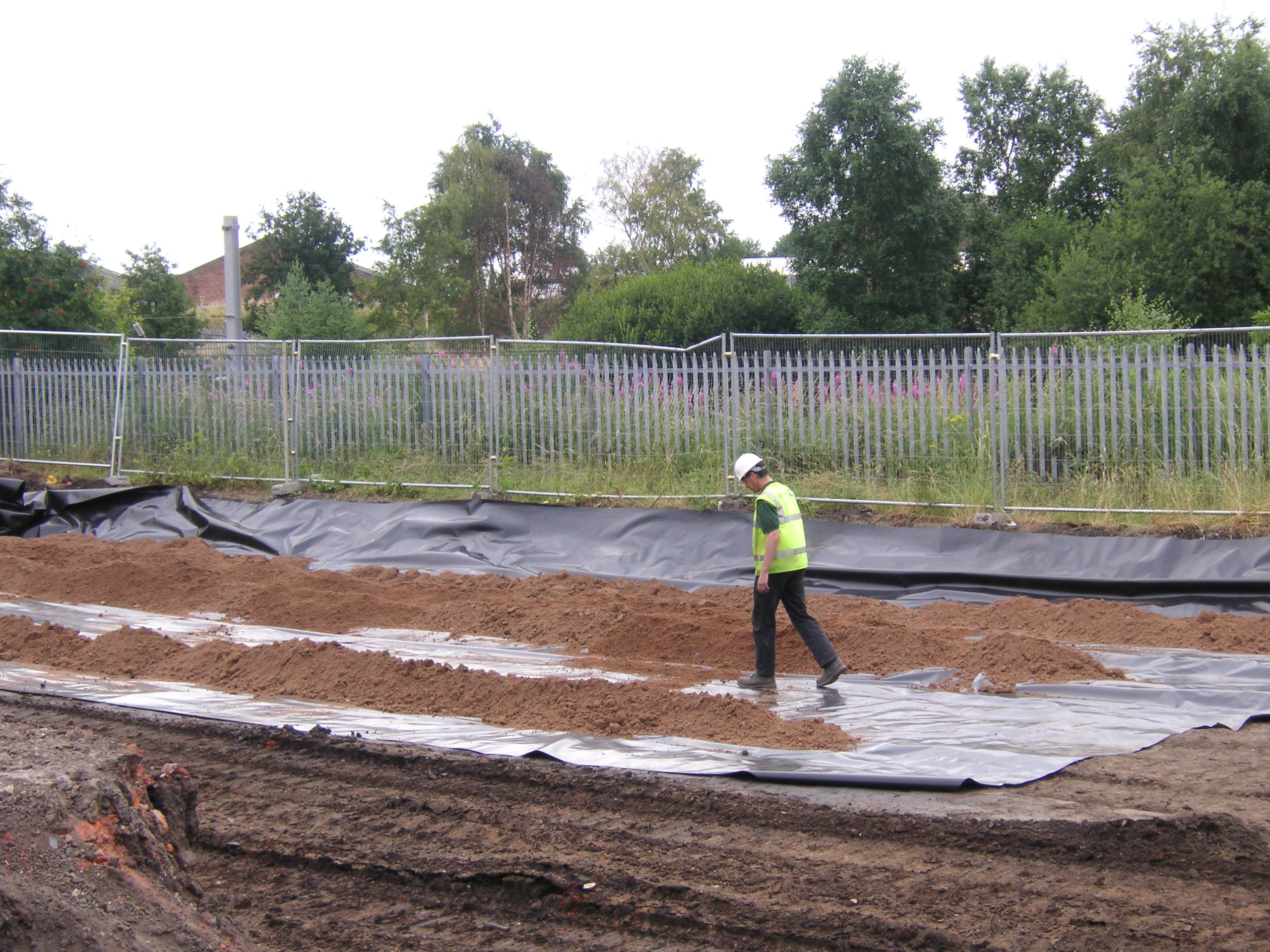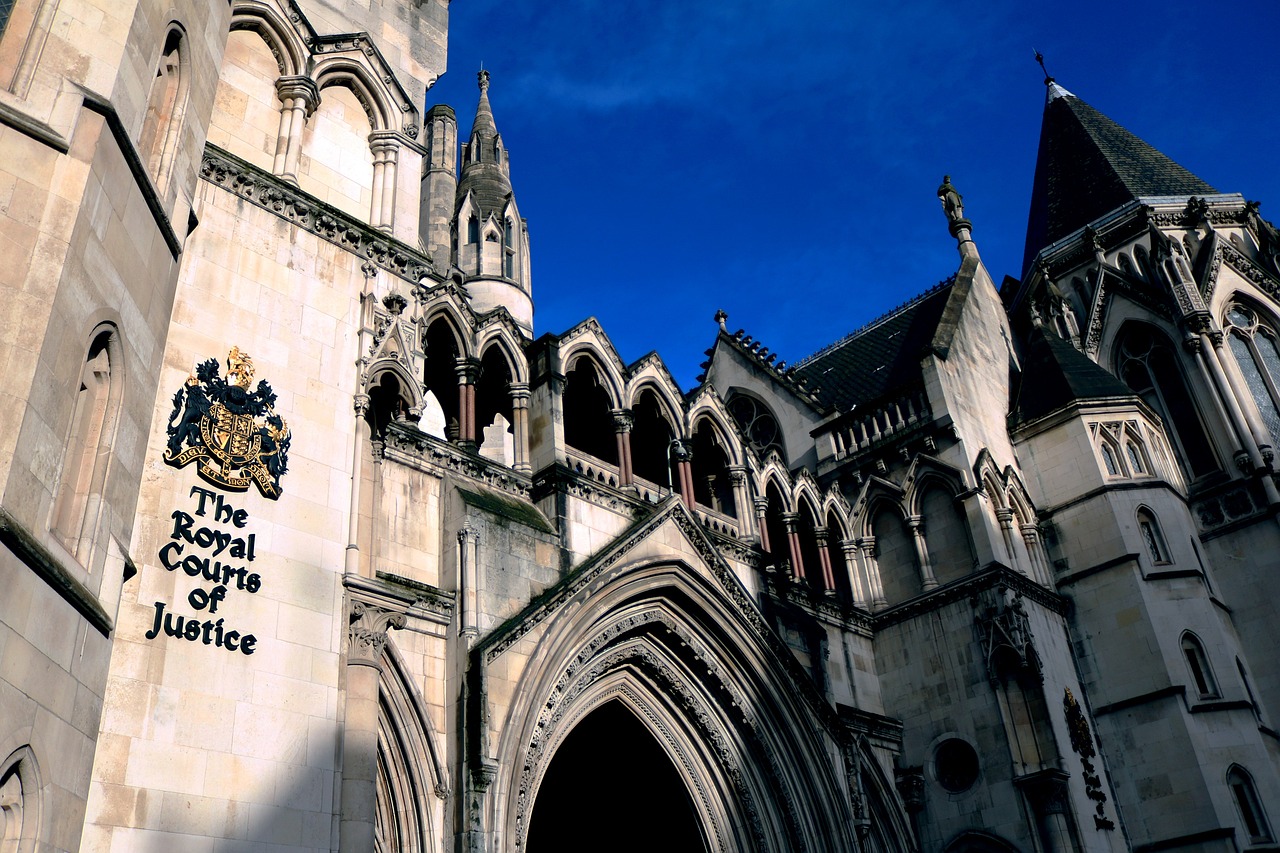Winter dead canes clearance
12-03-2020
Last updated 06-12-2021
Japanese knotweed is an herbaceous perennial plant. Perennial plants are those that can live for several years – i.e. having a lifecycle that lasts longer than two years. Nevertheless, the above ground portion of some herbaceous perennial plants die back every autumn/winter and then return as new shoots in spring, drawing energy from the store in their roots from previous years’ growth. Japanese knotweed dies back each autumn as well, but dead, dark brown, leafless canes standing up from the crowns remain as a sign of the previous year’s growth. If Japanese knotweed stands are left untouched and untreated, dead canes left from previous years’ growth will eventually break and then rot down into the ground. New shoots will later grow into tall canes amongst the dead ones, to then also die back after the growing season, thus repeating the cycle. Often, when treating large areas of knotweed, winter dead cane clearance carried out after the first treatment makes a big difference on the efficacy of the herbicide treatment programme. This is because winter clearance, if carried out by competent specialists, can have a large number of benefits. Knotweed canes can reach up to 3m in height, and well established knotweed clumps/stands can create densely vegetated areas. Removing the dead canes from the area can facilitate the discovery of new knotweed shoots during the following herbicide treatment visit.
- Before clearance
- After clearance
Furthermore, sometimes accessing these areas can be difficult and dead canes can mask uneven ground making the passage through the area challenging and unsafe. Clearance of the dead canes can ease access to the site during the following treatment visit, reducing the possibility of slips, trips and falls. In addition, as detailed above, dead canes will eventually break and rot down, but when snapped and crushed on the ground they will decompose quicker, improving the aesthetics of the site sooner. This can be beneficial if the property or land owner is in the process of selling the property, as without the large standing dead canes the knotweed area will look managed, giving confidence to any potential buyer who will look at it.
- Before clearance
- After clearance
Winter Japanese knotweed eradication has to be done professionally. This is because at the base of dead canes there is often live crown material that is highly reproductive and can cause new knotweed growth to be propagated wherever the dead cane material is disposed of. Canes should be broken at the base, never pulled up or uprooted. Once canes have been snapped, they should be crushed to pieces and left on site or burnt on site if local bylaws allow it. If burnt, we would still recommend leaving the ashes on site. A specialist carrying out the clearance task will make sure that all biosecurity procedures are followed and the risk of further spread of knotweed across or off the site are minimised. If you think you might have Japanese Knotweed, please consult our how to identify Japanese knotweed page or contact us.
